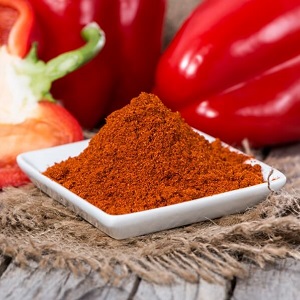- No. 268 Xianghe Street, Economic Development Zone of Xingtai city, Hebei 054001 China
- Byron@hbhongri.cn
dried red chili flakes
The Fiery Flavor of Dried Red Chili Flakes
Dried red chili flakes, often simply referred to as chili flakes, are a staple ingredient in kitchens around the world. Their vibrant color and intense spice contribute to a wide array of dishes, making them an essential item for anyone who enjoys cooking with bold flavors. The flakes are derived from various types of red chili peppers, which are harvested, dried, and crushed into a coarse powder. This process preserves their fiery essence and allows cooks to conveniently incorporate heat into their culinary creations.
The origins of chili peppers can be traced back thousands of years to Central and South America, where indigenous peoples cultivated them for both culinary and medicinal uses. When Spanish explorers arrived in the Americas, they introduced these peppers to Europe, where they quickly gained popularity. Today, chili flakes are used globally, from the spicy curries of India to the fiery sauces of Mexico, and even the subtle hints of heat found in Italian cuisine.
One of the primary reasons chefs and home cooks alike reach for dried red chili flakes is their versatility. A sprinkle of chili flakes can transform a simple dish into a flavor-packed experience. They can be added to pasta sauces for a kick of heat, used as a seasoning for roasted vegetables, or incorporated into marinades for meats. The flakes blend well with other spices and herbs, enhancing the overall flavor profile without overwhelming the dish.
Health benefits also come along with the use of dried red chili flakes. Capsaicin, the compound responsible for the heat in chili peppers, is known for its potential health advantages. It has been linked to improved metabolism, pain relief, and even cardiovascular benefits. Incorporating chili flakes into your meals may not only amp up the flavor but also contribute to a healthier lifestyle.
dried red chili flakes

When using dried red chili flakes, it’s important to consider their heat level. Different varieties of chili peppers have varying degrees of spiciness, typically measured using the Scoville scale. For example, crushed red pepper made from cayenne peppers can be quite spicy, while those derived from milder bell peppers will add less heat. It’s advisable to start with a small amount and adjust according to personal taste preferences, as the heat can quickly become overpowering.
In addition to their culinary uses, dried red chili flakes can also serve decorative purposes. Their rich red color adds a vibrant touch to any dish, making it visually appealing. Many restaurants and cafes sprinkle chili flakes atop pizzas, pastas, or salads, creating an inviting presentation that showcases their commitment to flavor.
Storing dried red chili flakes properly is essential to maintain their potency. Keeping them in a cool, dark place—preferably in an airtight container—will prevent them from losing their flavor and heat over time. While they will not spoil in the traditional sense, their aromatic properties may diminish, leading to a less impactful culinary experience.
In conclusion, dried red chili flakes are an indispensable ingredient in many cuisines around the world. Their ability to enhance flavor, coupled with their health benefits, makes them a worthy addition to any kitchen. Whether you are a seasoned chef or a novice home cook, incorporating chili flakes into your dishes can ignite your passion for cooking and elevate your culinary creations to new heights. So, the next time you reach for that jar of chili flakes, remember that you’re not just adding heat; you’re infusing your meals with a legacy of flavor that spans cultures and centuries.
-
Turmeric Rhizome Powder: A Golden Treasure from Roots to TableNewsJul.28,2025
-
The Versatile Application Of Crushed Red Hot Peppers: Lighting Up The Red Flames On The Dining TableNewsJul.28,2025
-
The Paprika: A Touch Of Vibrant Red In Color, Flavor, And CultureNewsJul.28,2025
-
Ground Turmeric: A Modern Examination of an Ancient SpiceNewsJul.28,2025
-
Capsicum Liquid Extract: Features, Applications, and ChallengesNewsJul.28,2025
-
Application of Capsicum Liquid Extract in FoodNewsJul.28,2025







